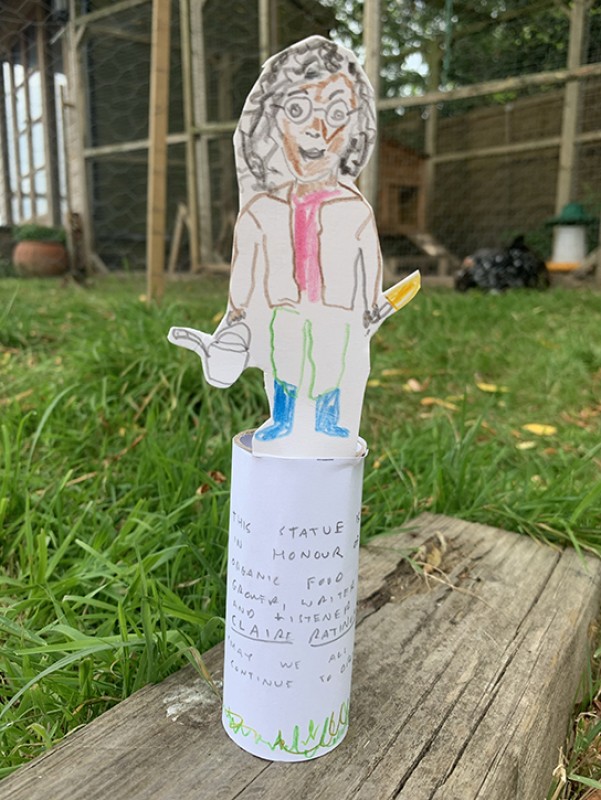
Feodora Georgina Maud Gleichen [commonly known as Feodora Gleichen; and as Feodore Gleichen, Lady Feodora Gleichen, and Countess Feodoa Gleichen] was born Countess Feodora Georgina Maud von Gleichen in London, England on 20 December 1861. Her father, Admiral Prince Victor of Hohenlohe-Langenburg (1833-1891) was a sculptor who exhibited at the Royal Academy in London; her sister, Countess Helena Gleichen (1873-1947) was a painter and sculptor who also exhibited at the Royal Academy. She initially trained as an artist under her father before entering the Slade School of Fine Art, University College London, where she was taught by Alphonse Legros. She completed her studies in Rome. She also briefly attended the Frank Calderon School of Animal Painting in London.
She began exhibiting at the Royal Academy in London in 1892 and continued to do so regularly until the year of her death in 1922. She also exhibited at the Alpine Gallery, Beaux Arts Gallery, Dudley Gallery, Goupil Gallery, London Salon, New Gallery, Royal Society of Painter-Etchers and Engravers, Royal Society of British Artists, Society of Women Artists and Royal Society of Oil Painters in London; Manchester City Art Gallery; Walker Art Gallery in Liverpool; Royal Glasgow Institute for the Fine Arts. She participated in the exhibitions of the Arts & Crafts Exhibition Society in London in 1906, 1910, 1912 and 1916; the Exposition Universelle in Paris in 1900 where she was awarded a medal for a hand mirror designed in jade and bronze; in the exhibition Arts Décoratifs de Grande-Bretagne et d'Irlande at the Palais du Louvre in Paris in 1914. and with the Church Crafts League.
She was a member of the Women's Arts Guild and was elected a member of the Royal Society of Painter-Etchers and Engravers (RE) in 1884. She was also elected (posthumously) the first woman member of the Royal Society of British Sculptors in 1922.
Notable among her work were busts of her father, Queen Victoria, Princess of Wales, later Queen Alexandra ,and Arthur Strong, Librarian of the House of Commons; a portrait study of Sir Henry Ponsonby; a memorial to Lord Newton; a life-size figure of Queen Victoria for a fountain at Royal Jubilee Hospital in Victoria, British Columbia (1895); a bust of Princess of Wales, later Queen Alexandra (1895); a statue of Florence Nightingale (1914) for the outside of the Royal Infirmary at Derby; World War One war memorials for Monchy-le-Preux in France and Sandhurst, Berkshire; and the Diana fountain in Rotten Row, Hyde Park, London; and a head of the king of Iraq, Feisal I. The French government made her a member of the Légion d'honneur for her work at Monchy-le-Preux.
She died in her apartment in Engine Court, St James's Palace, London on 22 February 1922.
Text source: Arts + Architecture Profiles from Art History Research net (AHRnet) https://www.arthistoryresearch.net/












